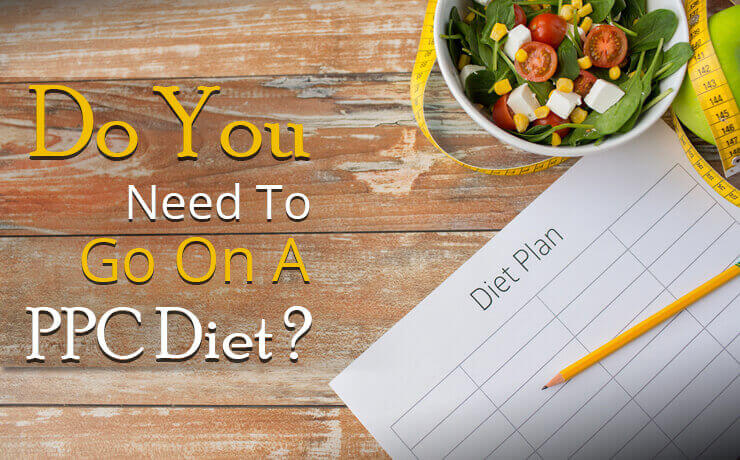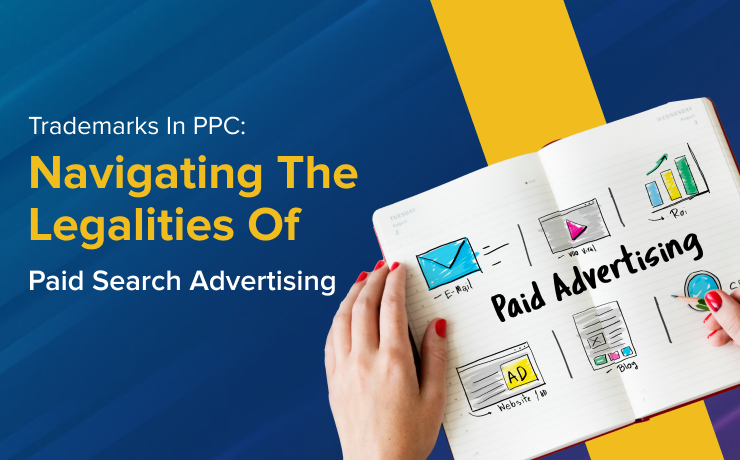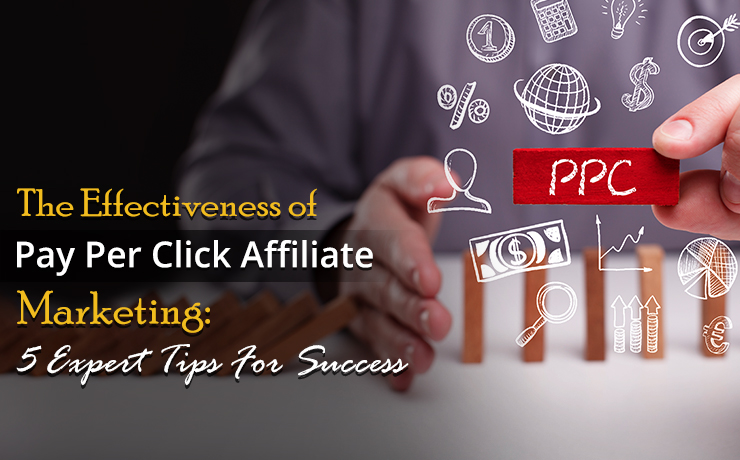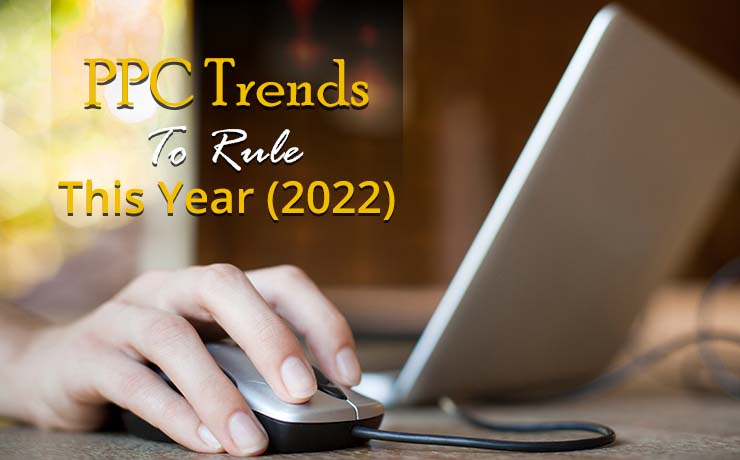Do You Need To Go On A PPC Diet?

Chad Faith
Director of Content

Did you notice that your pay-per-click campaigns are growing in size… bigger than they should be? If you think that your campaigns have somehow lost their direction or have become unbalanced, it is about time that you consider cutting the fat and shaping them up—go on a PPC diet! Let’s find if you really need to achieve fitter PPC campaigns:
Do You Want Balanced Campaign Settings?
If your campaigns are not working together in harmony, it is pertinent that you go on a PPC diet. Do not fret for there are multiple ways to adjust search bids. If performed correctly, these adjustments can significantly optimize a PPC campaign. This also means that the final bid can look very different from the initial maximum CPC bid.
Consider spending less on users that do not convert well, and focusing on users who convert better than average. The main takeaway is to avoid extra ad spend or a loss of return on the aforementioned. To keep bid adjustments balanced, those bids need to be based off averages.
Do You Want a Balanced Number of Search Ads?
To increase conversion rate and/or click-through-rate of your search ads, you may wish to implement at least two to split test ad variations. However, you should keep in mind that excessive ads can weigh you down via watered-down statistics. With too many ads in an ad group, it will be extremely difficult to make distinct differences between each ad; each of them may feature too few clicks to tell what’s exactly going on.
A large number of ads do not necessarily mean that your ads will be auto-optimized towards your goals. Consider going on a diet if you implemented too many ads. It is recommended that you create three to four unique themed text ads for every ad group.
Do You Want Fitter Product Groups?
Bing and Google Shopping campaigns allow you to subdivide all products by item ID, type, brand, etc. Users can also place individual bids on each product group. If you want to create fitter product groups, it is recommended that you peel product groups apart into smaller, niche groups. These groups of products should feature different conversion rates, margins, and prices. You will need to adjust bids accordingly.
However, you need to avoid breaking down products groups into tiny groups. In other words, the groups shouldn’t become too skinny in terms of historic user data.
PPC ad managers should aim to create a product group split when all branches involved in the split possess sufficient conversions and clicks. Some of the labels that can be used to achieve useful groupings include:
- Sale and/or non-sale items
- Stock levels (e.g. bad, OK, excellent, and more)
- Configurable product SKU
- Product margin band
- Product price band
Do You Want Bloat-free Keyword Campaigns and Groups?
It is normal for business owners to want to have their ads display all the keywords relevant to their landing page. However, it is pretty easy to overindulge on the number of keywords you have within a certain search campaign’s ad group. You should avoid falling under the “low search volume” category. Using super-niche keywords are a waste of time because Google AdWords has already stated that low search volume keywords will remain inactive until its search traffic increases.
Your focus should be on handling unique, unknown, or longer search queries around a certain topic. You can consider setting high volume search terms up with exact match keywords. Make sure those terms are also accompanied with similar broad match keywords.
If any of the scenarios above are relevant to your current goals, it never hurts to go on a PPC diet!









